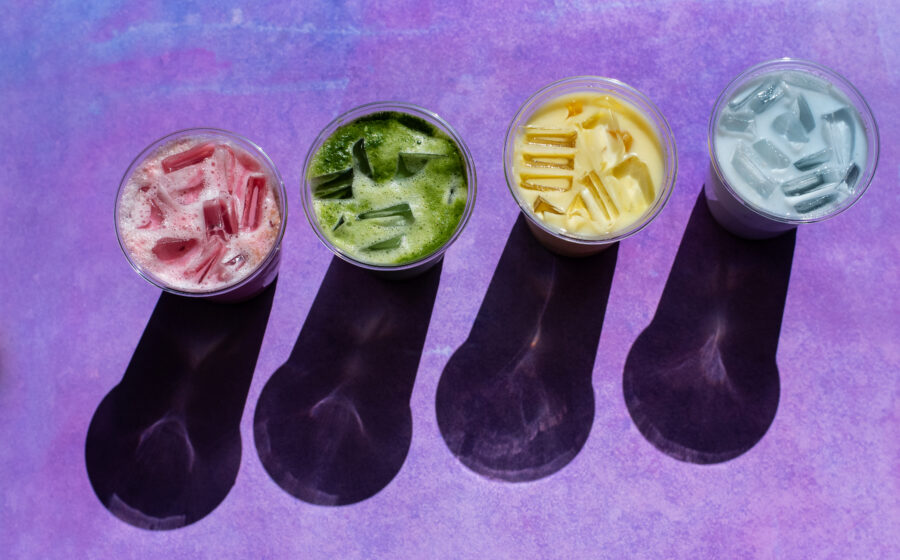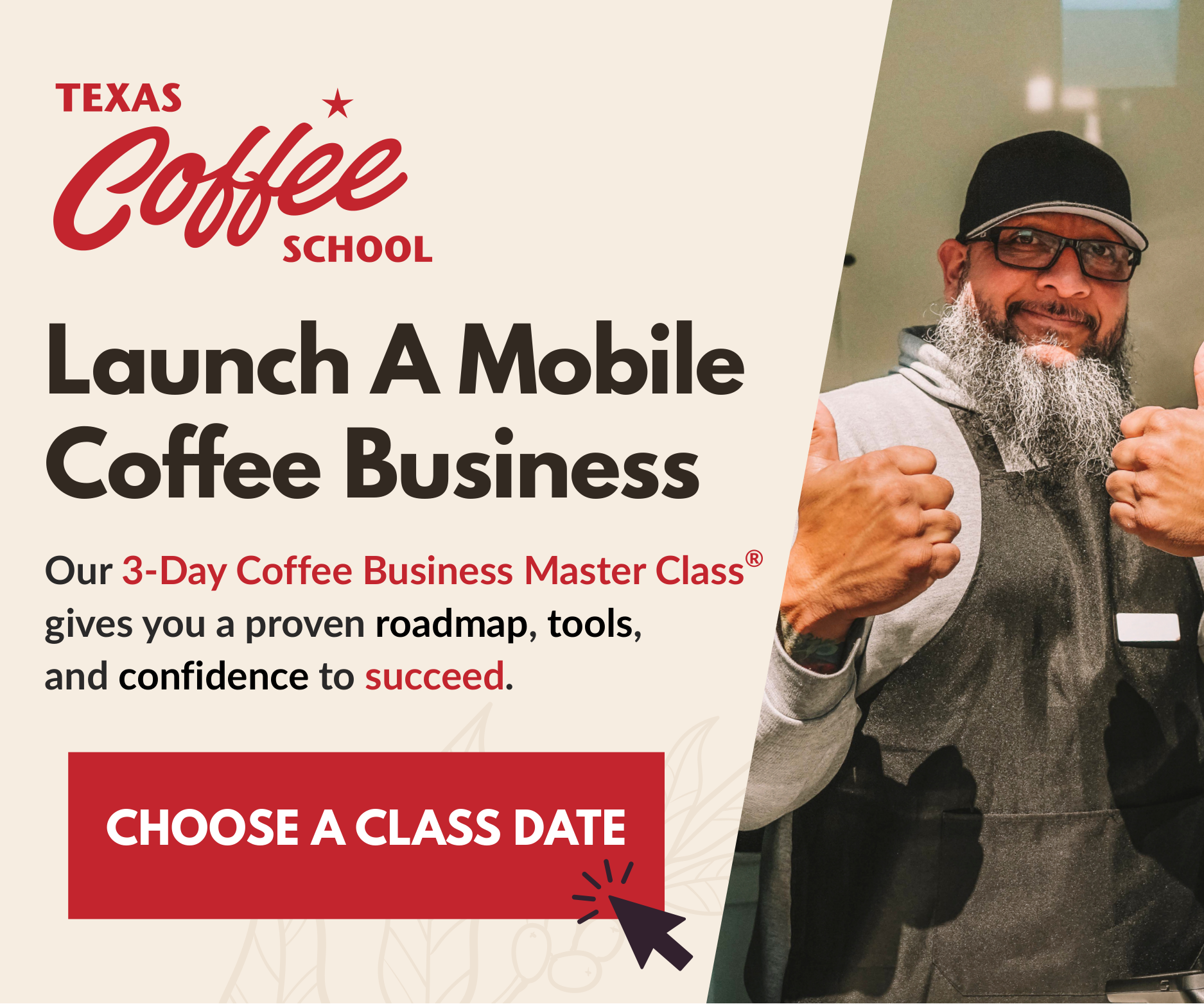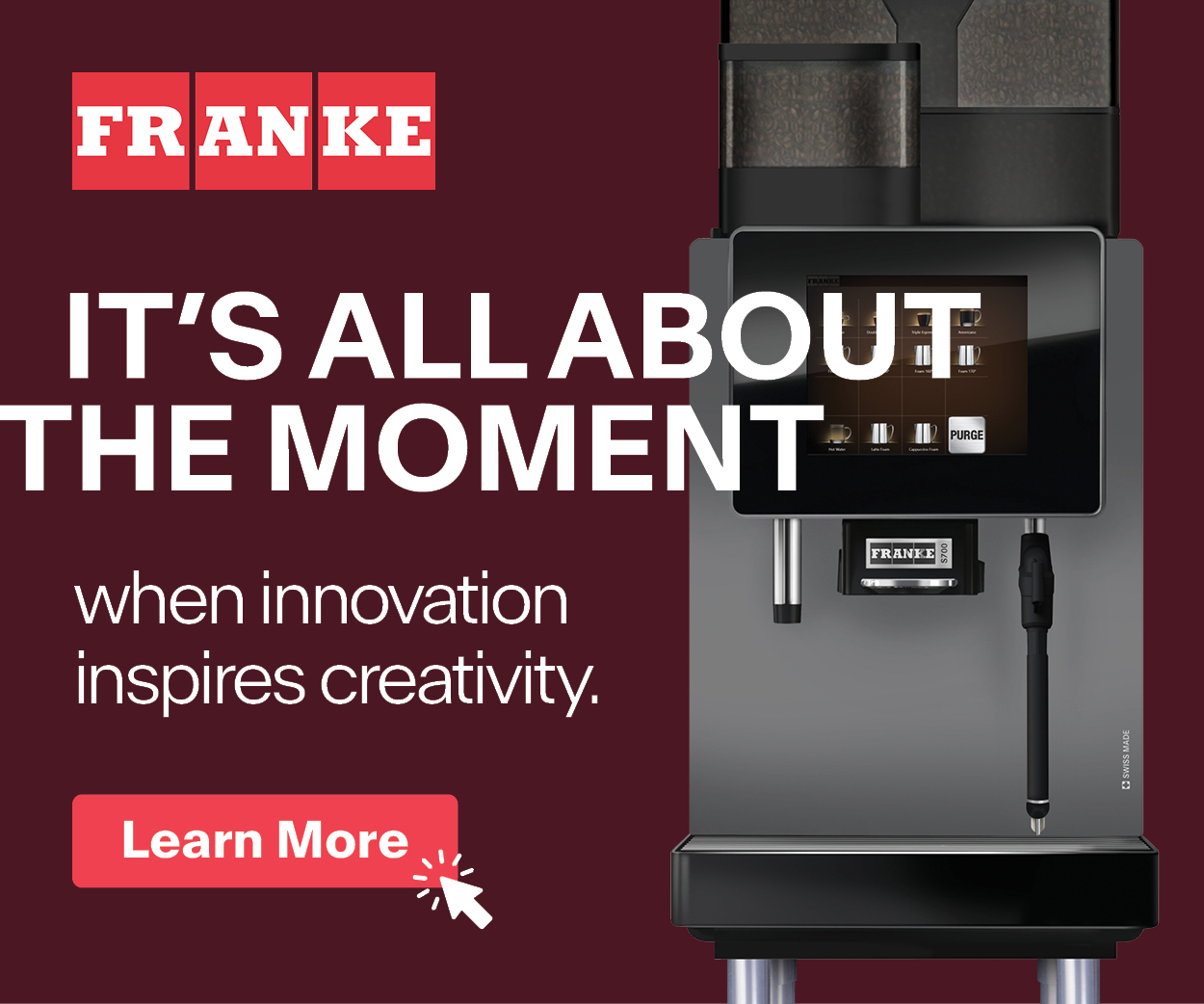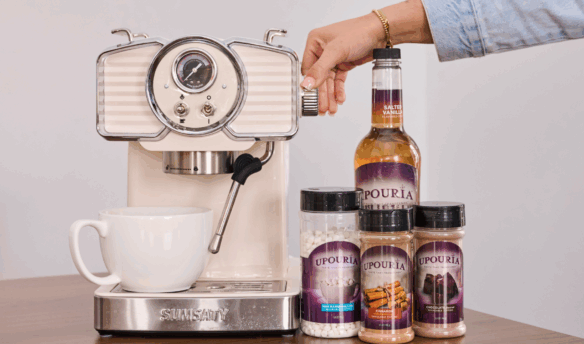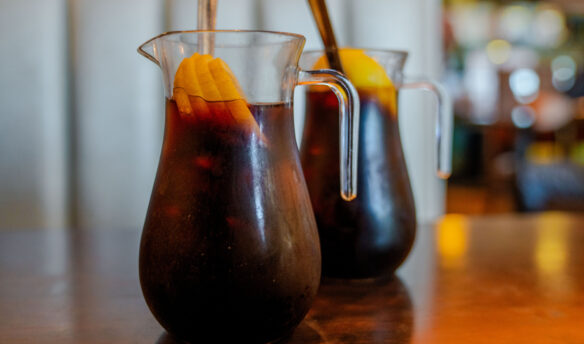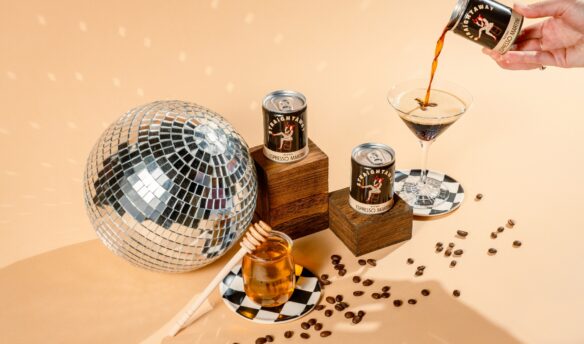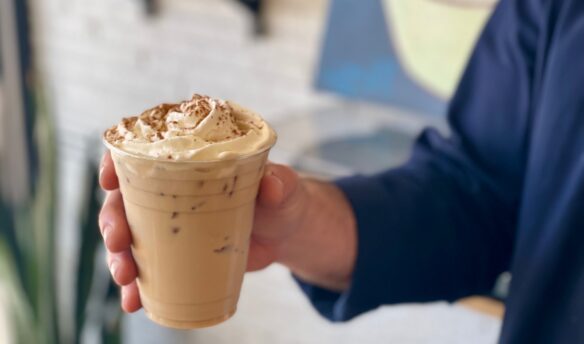After the morning rush hour, the pace changes drastically at Avoca Coffee Roasters in Fort Worth, Texas. Once the flurry of people asking for lattes and drip coffee peters out, customers start ordering strawberry lemonade, hibiscus tea, or turmeric-infused golden milk. Some have hit their caffeine limit; others never planned to order coffee in the first place.
Whatever their motivation, it’s a good idea for cafes to keep up with the demand. “Having different options helps get more people in the door,” says Avoca’s operations manager Justin Morrisette. “These [non-caffeinated drinks] are mostly for the kids. Not a lot of kids do coffee these days.”
Initially, Avoca began offering non-coffee drinks as seasonal experiments, but they’re now staples on its menu. Avoca has four locations, and at its Stockyards shop, where foot traffic is steady throughout the day, those drinks tend to sell particularly well in the afternoons.
While espresso- and coffee-based drinks are still the focus at Avoca—and most other coffee shops—more customers are starting to ask for something else. Cafes aren’t replacing coffee, but drinks like golden milk or flavored lemonades are giving them more ways to serve guests throughout the day.
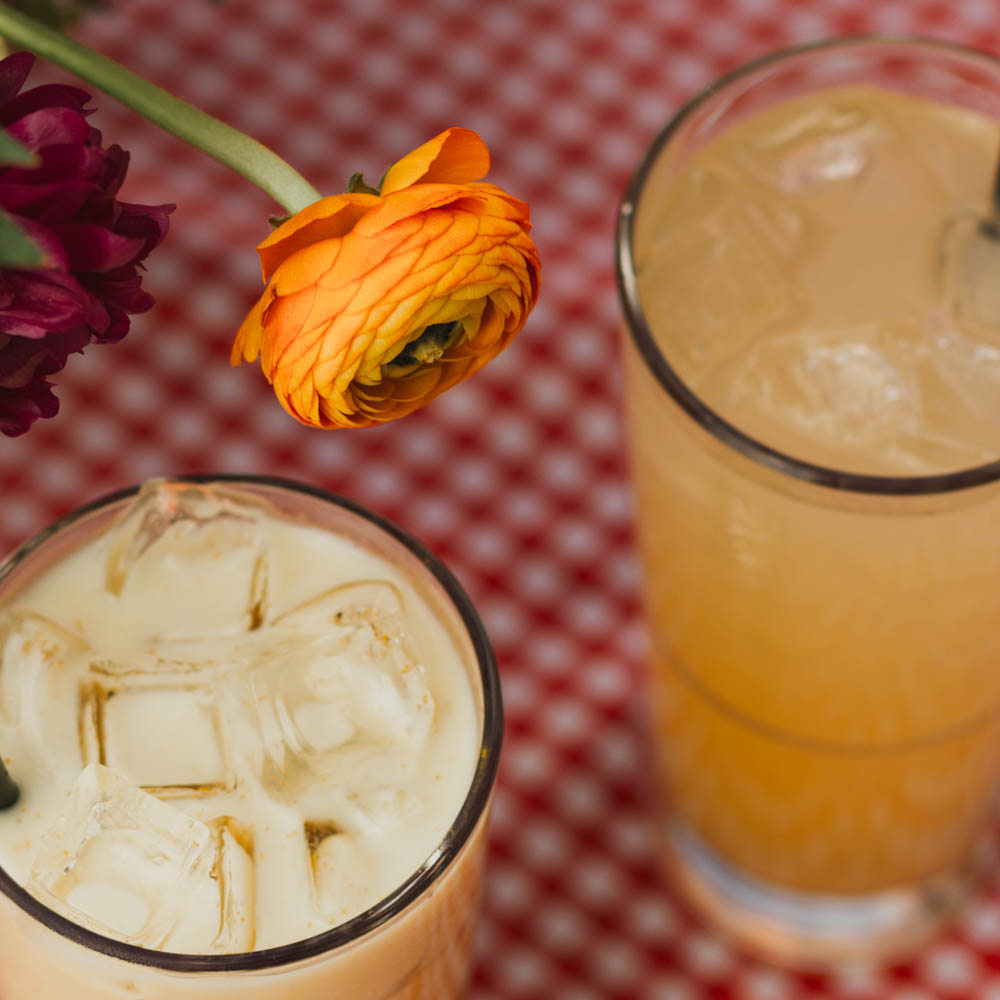
That shift may reflect broader societal habits. One study found that Gen Z has the lowest share of coffee drinkers among U.S. adults, at 68%. It also found that only 6% of Gen Zers drink coffee from cafes daily. It’s not that younger customers are missing out altogether—they’re just choosing different beverage options, and cafes are starting to deliver.
Who’s Ordering (And When)
Lemonade has become a go-to afternoon order at Avoca. The kitchen team makes their syrups in-house, rotating flavors like lavender and strawberry. One summer drink—the strawberry hibiscus lemonade, made with lemonade and strawberry hibiscus tea—quickly became a seasonal favorite.
At The Nook Coffeehouse in East Greenwich, Rhode Island, meanwhile, many of the non-coffee drinks are inspired by herbal traditions and ingredients. Owner Shannon Vincelette introduced a beet latte as one of the cafe’s early caffeine-free options, and expanded the lineup from there. Today, the menu includes a golden latte, a blue lavender blend, and an ashwagandha latte (an adaptogenic drink made with an herb commonly used for stress relief, inspired by Vincelette’s health history).
“I’m not anti-coffee,” she says. “I just started leaning toward things that supported my nervous system. But I still wanted something warm and cozy in the afternoon, so I started creating drinks that felt like that.” Vincelette took a class in herbalism, a set of traditional practices that uses plants and their extracts to support well-being, which sparked the idea to add a non-coffee menu to The Nook Coffeehouse.
Non-caffeinated drinks don’t often outsell espresso drinks, but they hold their own, especially later in the day. At Avoca, demand varies by store, with iced drinks and lemonades gaining traction in the afternoons. “Some stores do way more,” Ced Dowdy says, operations manager of the Stockyards store in Fort Worth’s historic cowboy district. “It depends on the time of day and the neighborhood.”
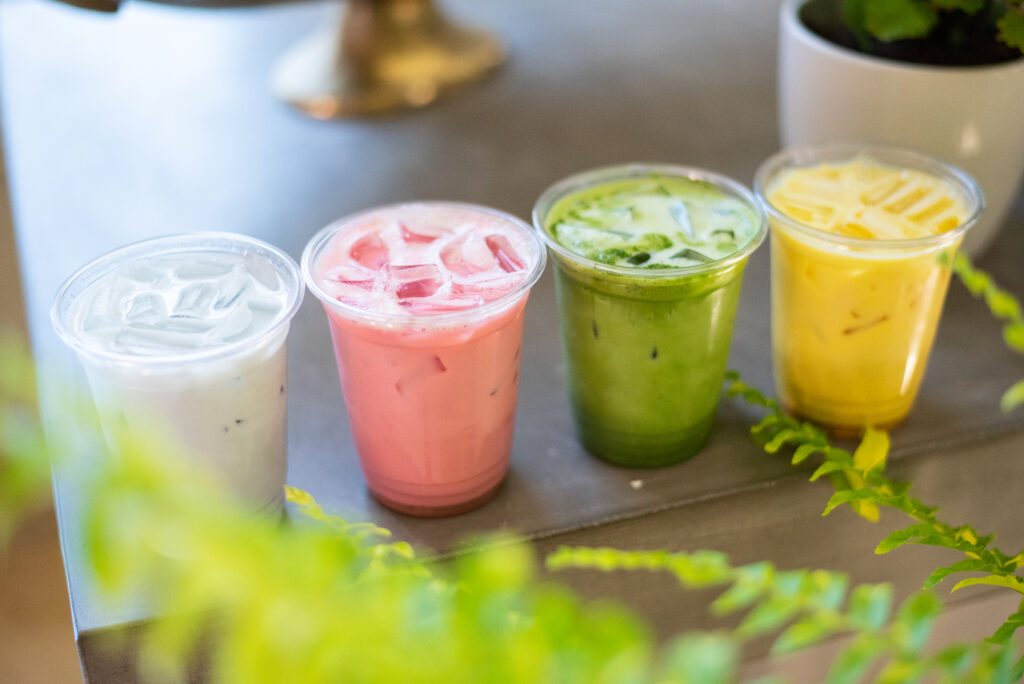
Each Avoca location has its own customer base. At the Stockyards cafe, where there’s steady tourist traffic, Dowdy says non-coffee drinks like lemonade and hot chocolate help keep sales going beyond the morning rush. “In the winter, everybody’s getting hot chocolate,” they say, adding that the outdoor ice skating rink across the street is a popular tourist attraction during winter.
At his neighborhood location, meanwhile, Morrisette primarily serves regulars throughout the day. “I see the same people all day, every day,” he says. “They still want to hang around and be sipping on something,” especially in the afternoon after their morning coffee. That’s when caffeine-free drinks like lemonade start to take over. Menu planning takes those afternoon shifts into account, especially in the warmer months when lighter drinks help fill the gap after the coffee rush.
At The Nook, about 15% of customers order caffeine-free or decaf drinks. Most know what they want before they walk in. “It’s less about time of day and more about personal preference,” says Vincelette. That preference often results from personal health context, such as pregnancy and nursing, or having a kid in tow.
“They want a treat, but they also want to feel good,” Vincelette adds. One parent told her their child had begged all week to come back for the beet latte.
How New Drinks Make It to the Menu
At both cafes, updating the menu requires in-depth planning. Before any new drink is debuted, it goes through rounds of kitchen testing, barista tastings, and recipe tweaks. “If it’s not quite right, we’ll go back and tweak again,” says Morrissette.
At The Nook, Vincelette emphasizes transparency around ingredients, especially for drinks like the ashwagandha latte. “We try to explain what it is and how it might affect you,” she says. Baristas usually describe it as a calming drink, and the menu includes a note that it’s not recommended for those who are pregnant and nursing. “We want to be clear and intentional,” she adds.
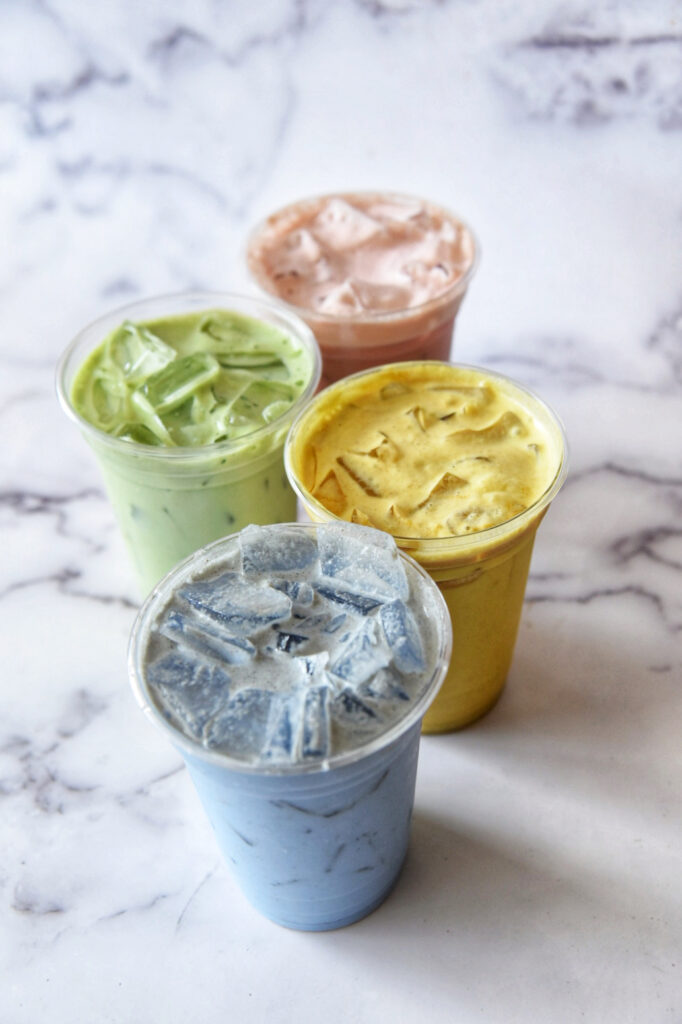
Avoca’s drinks offerings rotate throughout the year, and each location offers a unique menu. “We have such different locations and needs for our customer base,” says Dowdy. One shop sells Avoca Palmers, a mix of peach mango iced tea and lemonade, while another has an alcohol license and creates frozen alcoholic drinks made with a strawberry hibiscus lemonade base.
At The Nook, most drinks start at home. Vincelette pulls from her habits—what she’s drinking, reading about, or blending in her herbalism practice. “I’m always testing,” she says. That might mean adjusting texture, balancing sweetness, or scrapping an idea entirely. “If it’s not something I want to drink, I’m not going to put it on the bar.”
Recently, she has been testing tea-based syrups, like white peach and jasmine cherry. They offer another way to add flavor without using fresh fruit or traditional syrups. “It’s cost-effective and still feels special,” she says.
She’s also mindful about chasing trends that don’t fit the shop’s feel. Charcoal lattes, for example, never made it on the menu. “We’re not just trying to follow trends. It has to make sense for our customers.”
These drinks may not be the main draw for coffee drinkers, but they’re letting cafes serve more people, more often. Shops aren’t moving away from coffee, but they are making room. And as customer habits shift, these additions are helping menus stay current long after the morning rush.



